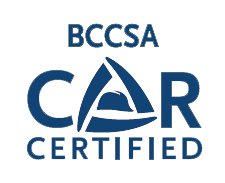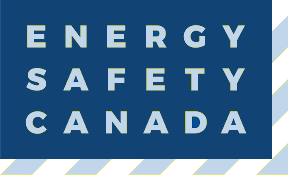Millennium EMS Solutions Ltd. (MEMS) maximizes value to our clients by being at the forefront of the science behind environmental site management.
MEMS personnel are widely respected in the industry as being at the cutting edge of applied research that directly supports our clients’ strategic needs in environmental site management. Examples of significant research projects directed by MEMS personnel include:
Soil and Groundwater Guidelines for Sulfolane and Diisopropanolamine (1996-2000)
This project involved directing original research to fill major data gaps in the toxicology, fate, and behaviour of these oilfield process chemicals, and enabled soil and groundwater remediation guidelines to be developed. Having these guidelines allowed our client to make prudent environmental management decisions to manage historical releases of these chemicals. This was the first guideline project by a 3rd party ever to be adopted by the CCME.
Ecotoxicity of Weathered F3 Petroleum Hydrocarbons (2002-2009)
This PTAC-funded work was initiated in response to difficulties in achieving the Petroleum Hydrocarbon Canada-Wide Standard F3 hydrocarbon guideline in bio-remediation projects. The project demonstrated reduced ecotoxicity when F3 hydrocarbons weathered, and was a major factor considered in supporting increases in F3 soil guideline values implemented in the 2008 update to the Canada-Wide Standard. These changes benefited many of MEMS clients.
Research into Soil, Dust and Sediment Ingestion Rates for Human Health Risk Assessment and Guideline Development (2009-2012)
Direct exposure to contaminated soil, dust and sediment can be a significant human exposure pathway for some chemicals, including carcinogenic PAH. This work was conducted to better quantify these exposures using a mechanistic approach that also allows for exposures to be adjusted for different exposure times or activities.
Maximum Rooting Depth for Native Tree Species in the Boreal Forest of Alberta (2009-2012)
This research was initiated with the objective of determining whether there was scientific justification to support excluding the ecological direct contact pathway for hydrocarbons at remote Green Zone sites at depths shallower than the 3 m currently permitted in the Alberta Tier 1 guidelines. The research supported an exclusion depth of 1.5 m for fine soil, and we anticipate this being of major value to many of our clients following regulatory review.
Development of an Approach for Estimating Hydrocarbon and Greenhouse Gas Emissions from Ex-Situ Remediation (2011-2013)
This work was conducted in order to determine whether ex situ remediation would have adverse impacts on nearby air quality and to evaluate the net environmental impacts of ex situ remediation compared to landfill disposal.
Green Zone Management Limits for F2 and F3 (2012-2013)
This work developed defensible management limits for F2 and F3 petroleum hydrocarbons consistent with conditions at remote areas of the Green Zone of Alberta. This research supported management limits that are less restrictive than the current urban-based default values, and we anticipate this being of major value to many of our clients following regulatory review.







